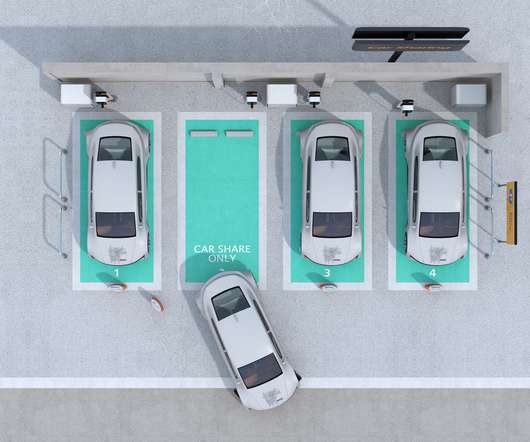FREYR Battery joins Fair Cobalt Alliance
Green Car Congress
NOVEMBER 24, 2021
We are undergoing a major energy transition, moving from fossil fuels to battery-powered technology. Cobalt is one of the essential components in battery production and we are focused on sustainable supply of cobalt to support our production of clean, low-cost and low-carbon battery cells for a better planet.
















Let's personalize your content